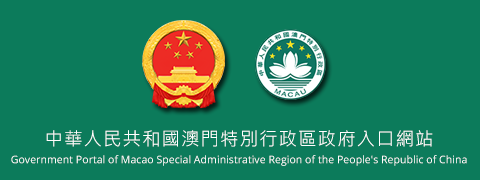Information from the Statistics and Census Service (DSEC) indicated that a total of 152,900 households had used the Internet, with a rate of 82.6%, up slightly by 0.1 percentage point year-on-year. With the popularity of smartphones, 79.9% of the households used mobile broadband to access the Internet, up by 17.6 percentage points year-on-year. Meanwhile, households using fibre optical broadband connection surged by 5 times to 8,900. For population aged 3 and above, the rate of Internet usage was 65.8%, up by 4.5 percentage points year-on-year. Male and female had a respective rate of 66.2% and 65.4%, up by 4.0 and 4.9 percentage points year-on-year. The rate of Internet usage for population aged 15-24 reached 96.0%. Moreover, 91.0% of the Internet users had accessed the Internet daily, up by 9.5 percentage points year-on-year. Among the Internet users, 69.5% used mobile phone to access the Internet, up by 6.0 percentage points year-on-year. Furthermore, 80.4% used the Internet for searching information and 80.3% for communication; meanwhile, Internet shopping accounted for 13.6%, up by 1.0 percentage point year-on-year. Median Internet shopping spending amounted to MOP 750 in the fourth quarter of 2013, an increase of MOP 30 year-on-year. In addition, a total of 151,600 households possessed computer equipment, with a rate of 81.9%, down by 0.7 percentage points year-on-year owing to the greater variety of functions available on mobile phone and other devices. The rate of computer usage for population aged 3 and above also dropped by 0.4 percentage points year-on-year to 61.7%. Survey on Information Technology Usage in the Household Sector 2013 was conducted in the fourth quarter of 2013 through a supplementary questionnaire of the Employment Survey, which collected data on information technology usage among population aged 3 and above.

